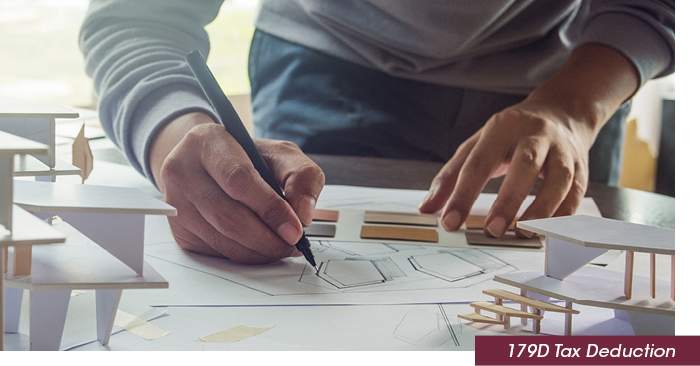The Internal Revenue Service (IRS) recently updated its Large Business & International (LB&I) Process Unit guidance concerning the 179D Tax Deduction. Following the introduction of Form 7205, the IRS continues to sharpen its focus on 179D, and choosing the right provider matters more than ever.
The latest LB&I guidance provides critical insights into how claims are evaluated, serving as a reminder to building owners and designers that an important first step in successfully securing 179D is to partner with the right provider.
New LB&I Guidance
Aligning claims with IRS expectations helps maintain defensible and fully maximized deductions. The newly released guidance on 179D offers insights into the agency’s approach to an audit. Here are three key takeaways from the update:
- Certification Standards are Non-Negotiable – The IRS reiterates that a qualified candidate must complete the certification of the energy-efficient commercial building property, meaning licensed professionals in the jurisdiction of the building—typically engineers or contractors—must certify the energy savings using approved IRS software and methods
- Allocations Letters Must Be Accurate and Timely – For architects, engineers, and other designers claiming 179D deductions on government-owned or tax-exempt buildings, the allocation letter must be signed by an authorized representative of the building owner. The letter must also include detailed building information and clearly identify the parties involved. Unclear or retroactive documentation won’t be accepted.
- Thorough Documentation is Mandatory – The IRS expects comprehensive energy modeling reports, clear explanations of how energy savings were calculated, and properly substantiated project files. Lack of detail or incomplete records significantly increases the risk of an audit, and possible denial of benefits.
Why the Right Provider Matters
This new guidance from the IRS further emphasizes the need for 179D candidates to choose a credentialed provider. Partnering with a qualified provider who understands the technical aspects of 179D, as well as the regulatory environment, can be the difference in whether a claim withstands an audit.
Before selecting a 179D provider, there are three important questions every candidate should ask:
- Does the provider have energy consultants creating energy models in house?
- Does the provider have government relations personnel who secure allocation letters?
- Does the provider have licensed Professional Engineers who are qualified to certify the claim?
Conclusion
As the IRS issues more guidelines surrounding 179D, aligning with an experienced, credentialed provider will become more essential. Choosing the right team means candidates will have proper certifications and documentation to defend claims in the event of an audit, which can make the difference between capturing a maximized deduction or leaving valuable money on the table.
To learn more about how to reap the benefits of 179D, which can be worth up to $5.65 per square-foot, by designing energy-efficient buildings, contact KBKG below.


